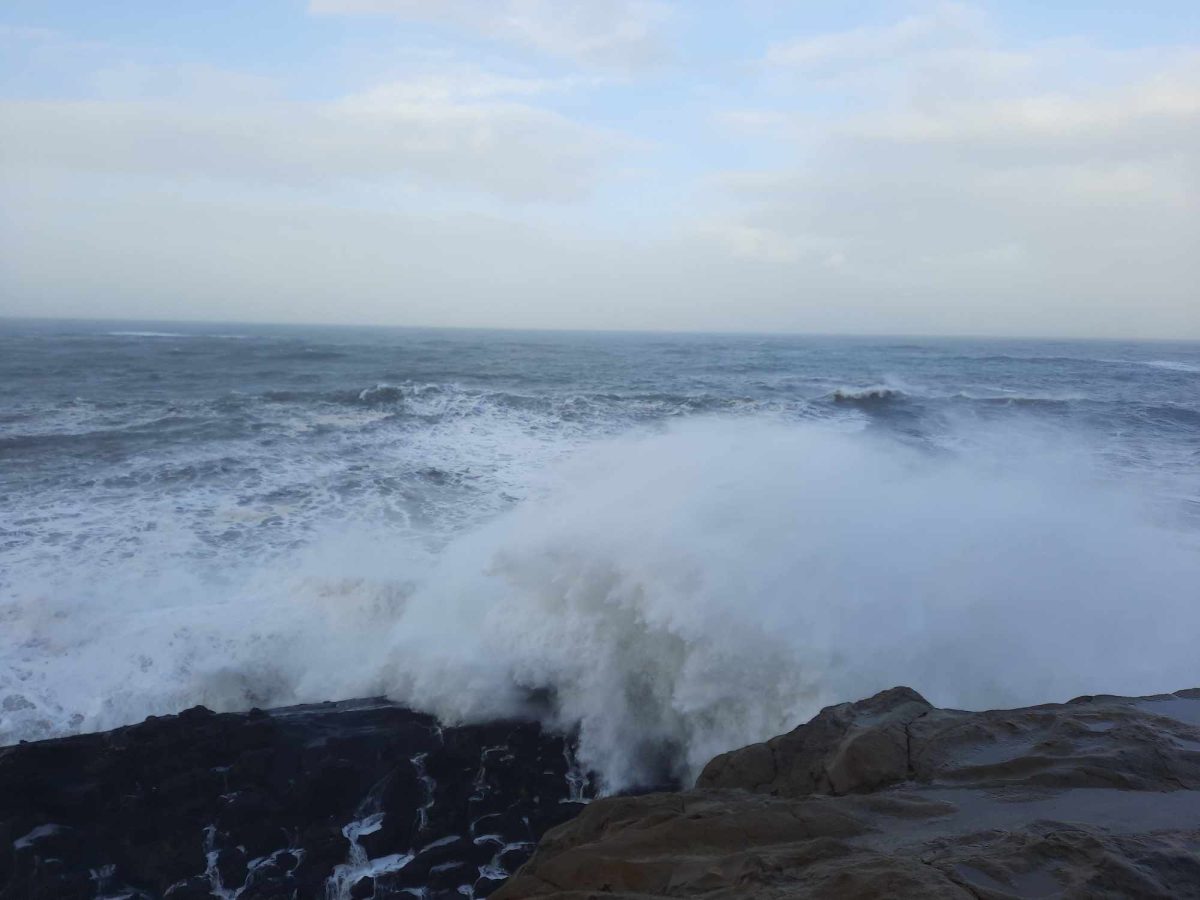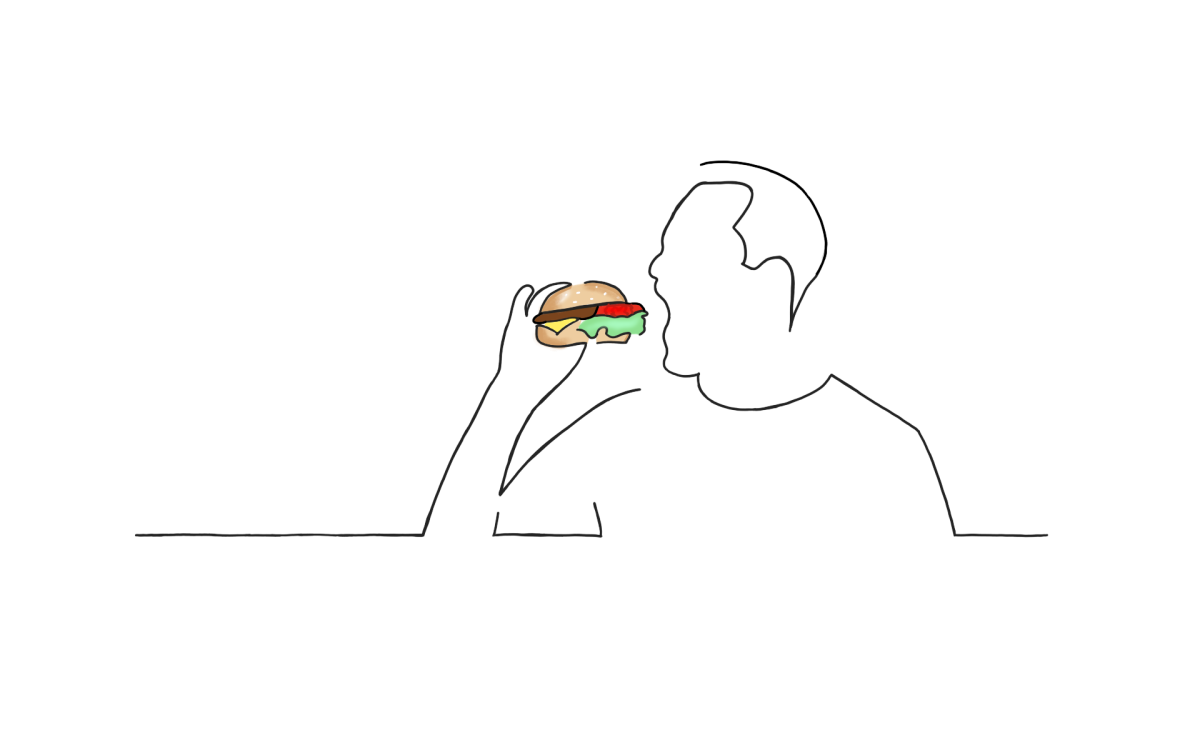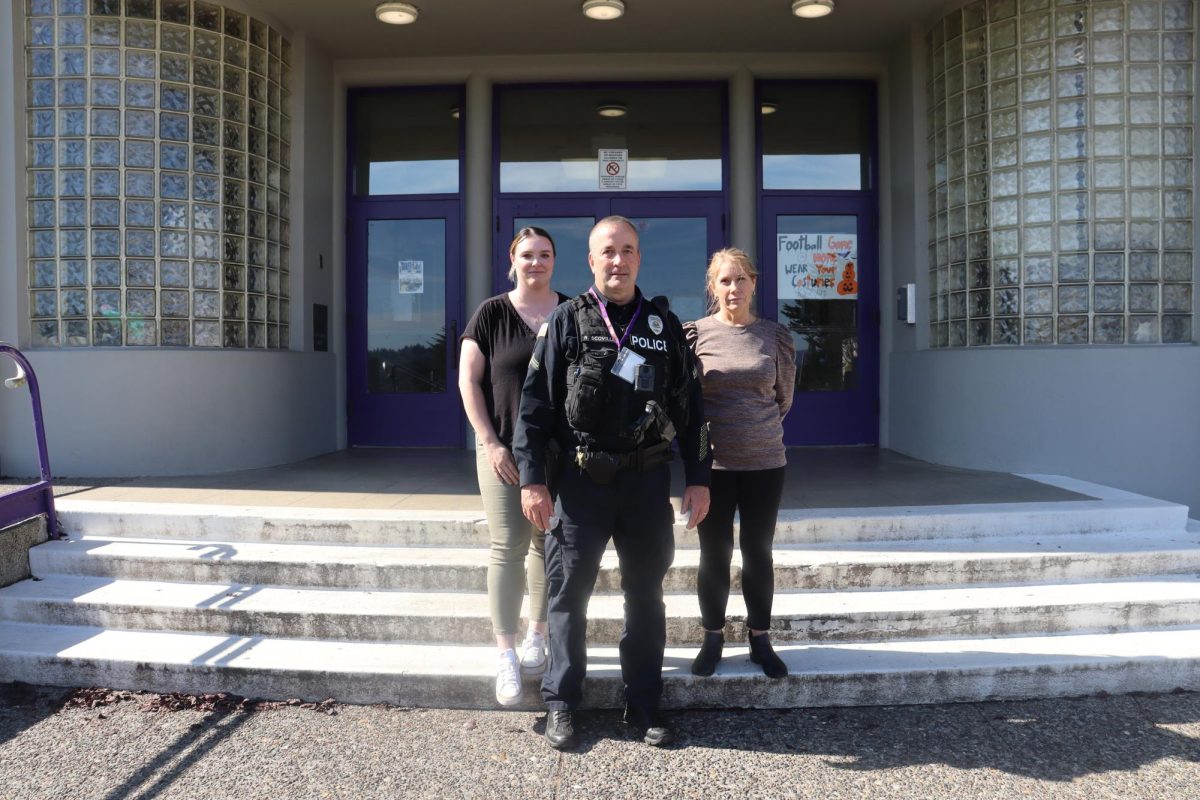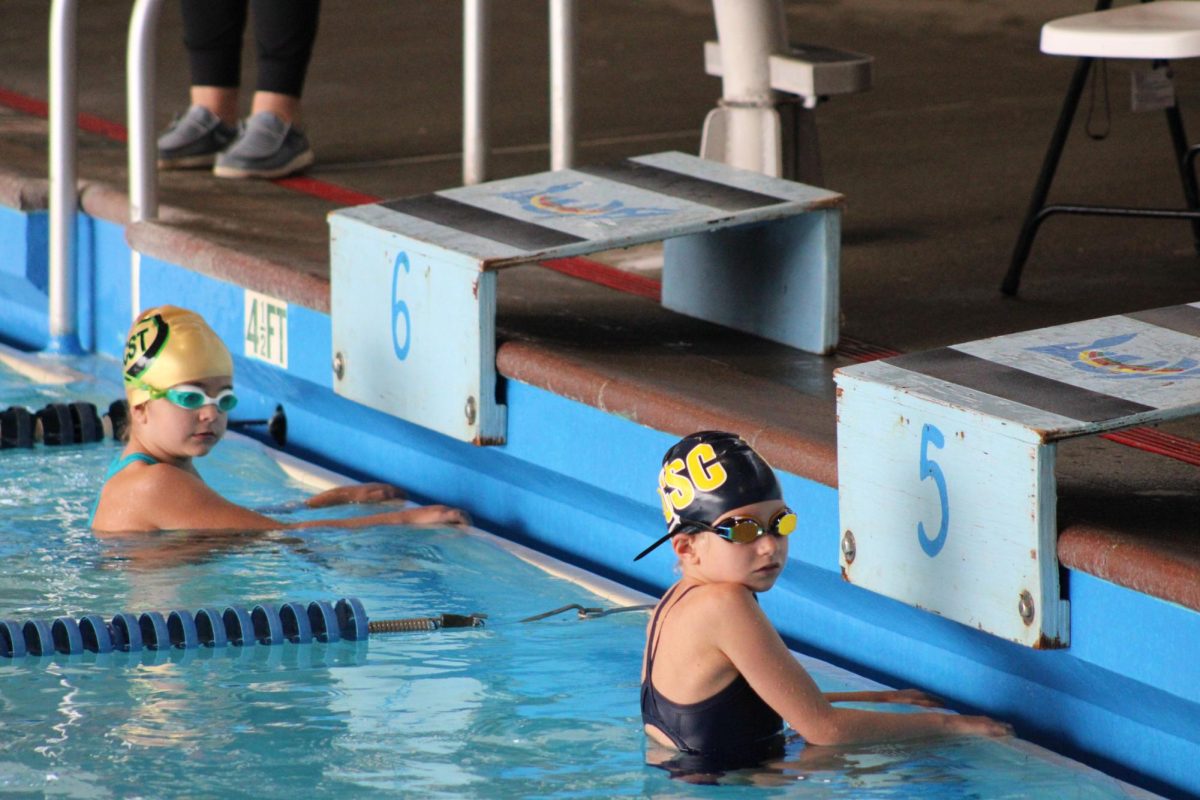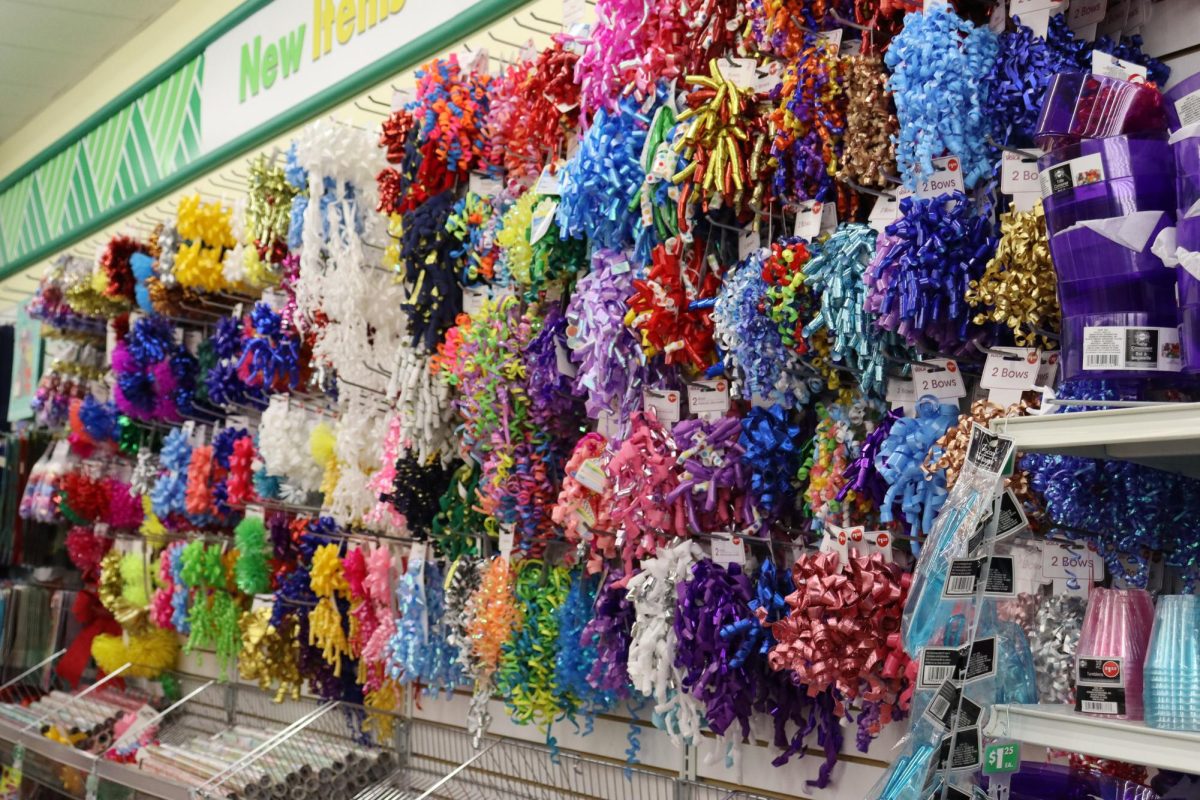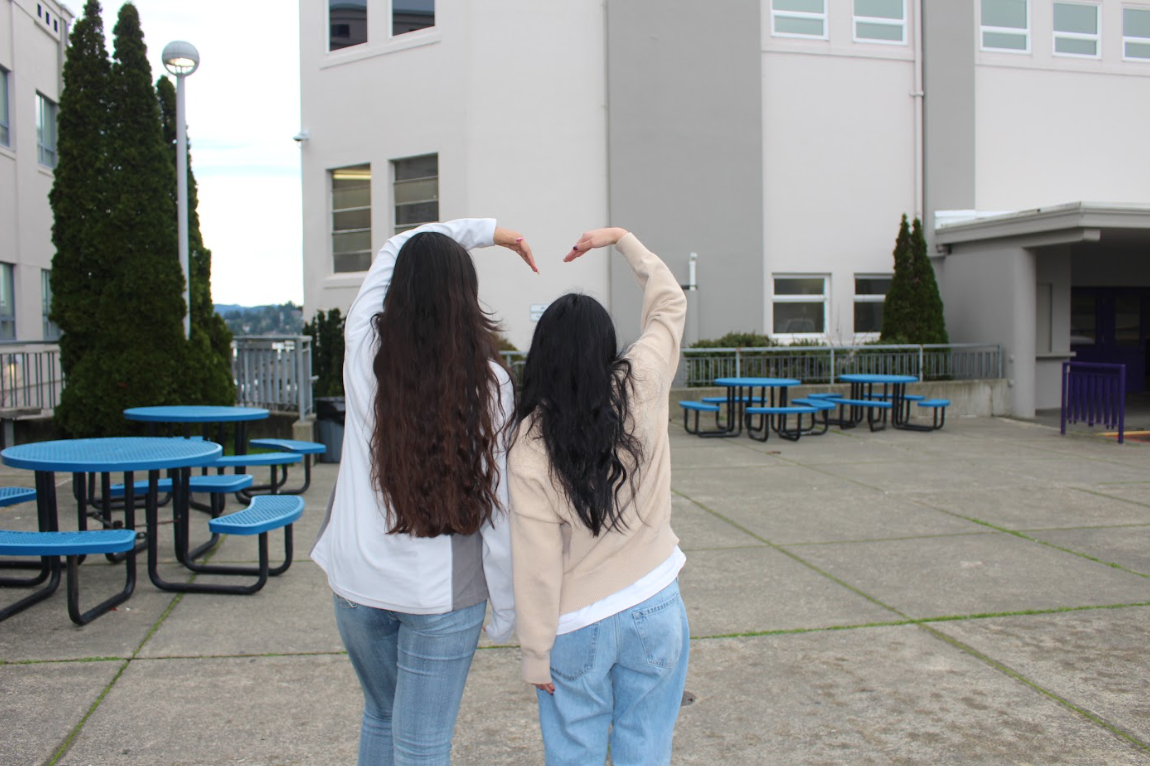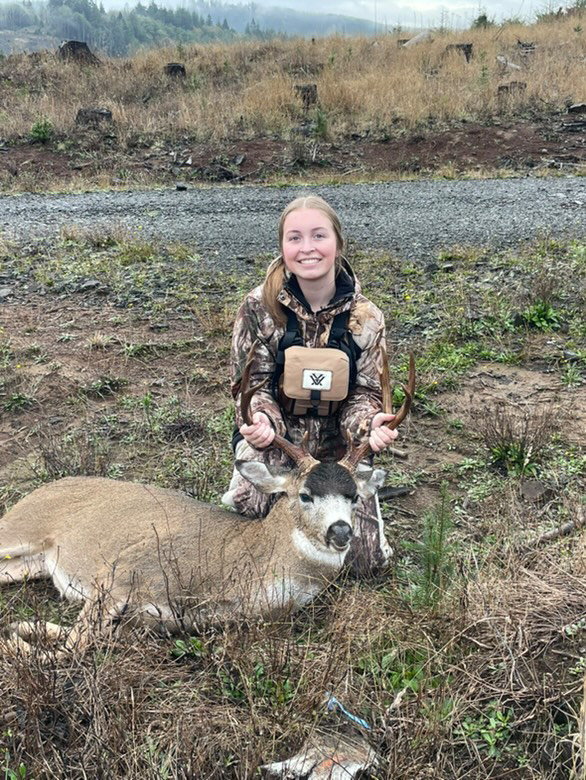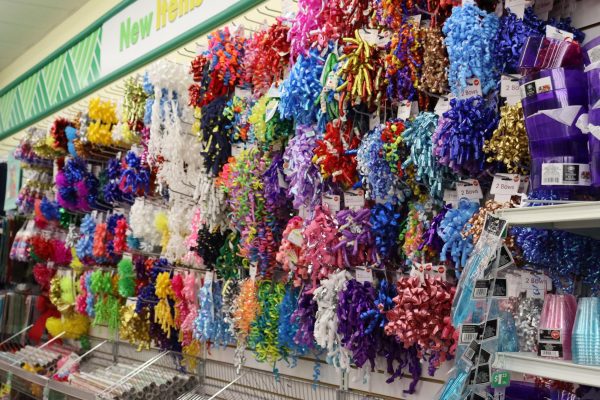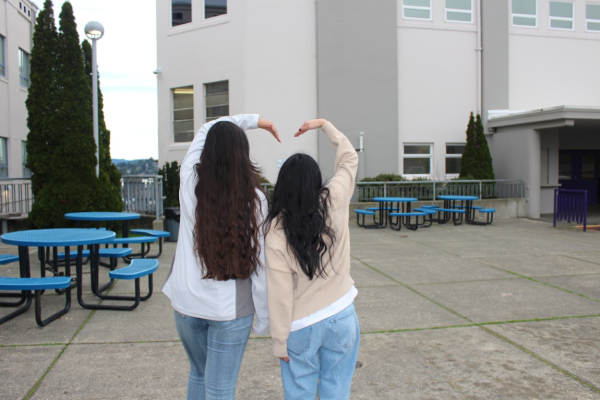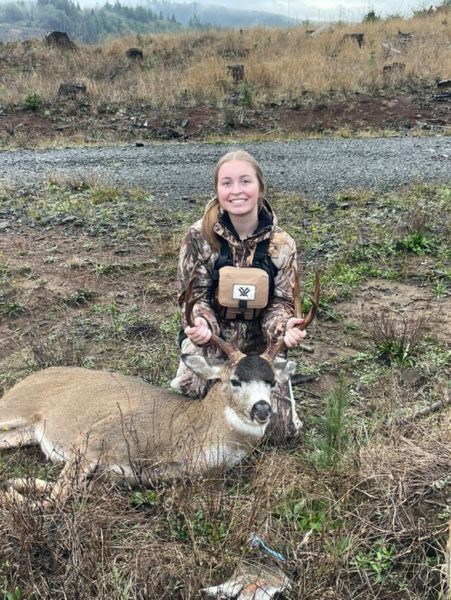Life in plastic, not so “fantastic”
The terms ‘microplastic’ and ‘nurdle’ have been thrown around in the news lately, especially in regard to health. But what are they? A microplastic, sometimes referred to as a nanoplastic, depending on size, is extremely small pieces of plastic debris in the environment resulting from the disposal and breakdown of consumer products and industrial waste. A nurdle is essentially the same thing, only it serves as raw material in the manufacture of plastic products, often escaping into the environment.
While this has been a hot topic recently, scientists have hypothesized that microplastics have been invading our bodies for many years. But, with brand new technology they’re able to confirm their initial theories. This new clarity on the situation has brought many environmental and health issues to light.
So far, these plastics have been found in our lungs, tissues, brain, and even placenta. It’s estimated that five grams of plastics is ingested on a weekly basis. This is about the size of a credit card. Approximately 90% of this is assumed to come from both tap and bottled water.
Many plastic particles are ultra-small, meaning their weight cannot be measured. These are referred to as nano plastics. These nanoplastics are a bigger concern to our health, as they are able to penetrate cellular membranes.
Some may question their effects, and while they’re relatively unknown due to the newness of the technology, it’s clear they’re a threat. While some can be passed through stool and urination, they tend to travel and accumulate in the body, getting trapped. This is seen in lymph nodes and around joint replacements. In the ocean, they can pick up harmful chemicals that can cause immune system problems. Airborne particles, such as nylon from clothing, can become trapped in the lungs, causing breathing disorders.
But how did they get in our bodies? Consumerism has definitely played a major role in the production of plastics and by proxy, microplastics. Many nurdles from clothing often originate from fast fashion, which is commonly made from cheap plastic fabrics. These can wash into the waterways and make their way to the ocean. Algae grows on them and tricks fish into filling their stomachs with plastics, giving them the illusion of a full stomach while they gain no sustenance. Larger animals or humans then eat these fish, and the plastics transfer up the food chain, doubling the plastic amount per organism. Even after production, plastic-based fabrics can shed micro and nanoplastics, causing further harm.
“It’s a national food security threat,” Congressional Representative Val Hoyle said. “Here in Oregon they’ve passed a number of laws to address this issue, but something needs to be done at a national level.”
Many are confused when they see plastics labeled ‘biodegradable’ or ‘degradable’. But, these plastics will never actually break down. Plastic doesn’t degrade, they just keep on getting smaller and smaller. The more microplastics in the environment, the higher the threat as we will consume more on average.
“I worry that people don’t realize how much plastic particulate matter is in what we eat and how much accumulates in our bodies,” said Marshfield High School student Alyrian Covey. “Which can affect our hormones, digestion, and so much more.”
Your donation will support the student journalists of Marshfield High School. Your contribution will allow us to purchase equipment and cover our annual website hosting costs.

Senior Siena Beckett is a third-year member of The Marshfield Times and Managing Editor. This is currently her second year being the Publicist for ASB....

